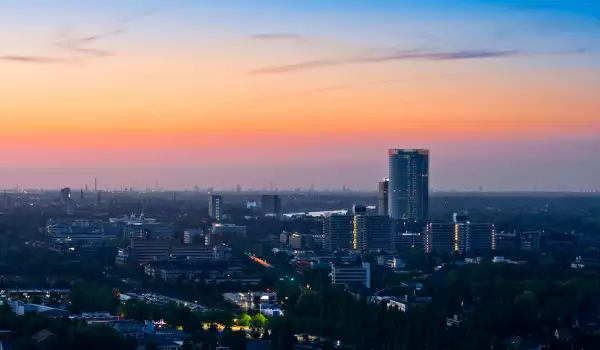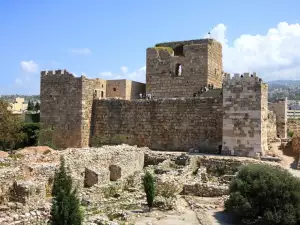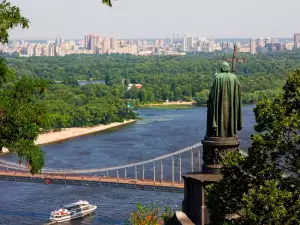Bonn

With more than 2000 years of history, Bonn is one of the emblematic historic German cities. It is located in middle part of West Germany, North Rhine-Westfalen.
Through Dusseldorf and Cologne, the Rhine does not forget to bring diversity and the landscape of the city of Bonn. This relatively peaceful town is situated about 25 km south of Cologne. With its area of 141 sq. km, Bon ranks nineteenth place in size among German cities. Today there are about 350, 000 people living there.

It should be noted that from 1949 to 1990 the German city was the capital of West Germany(FRG). After unification with East Germany Bonn became the seat of government until 1999, when the capital of united Germany is again Berlin. Now in Bonn there is almost nothing that recalls it was for 40 years the capital of Germany. Unlike most cities in the region which suffered tremendous damage during WWII, Bonn has remained in these difficult years of practice, intact. The architecture is completely preserved from the beginning of 20th century.
Nowadays the turbulent political history of Bonn is not felt it in the urban atmosphere. The history of the former capital of West Germany has been preserved, but of course, the architecture of the houses is pretty close to the bank of the Rhine. Some of them are former embassies. Overall, the long bank of the river has no large modern buildings however there you can have a pleasant long coastal walk and find the places where one can relax and enjoy the tranquil atmosphere.

The tourist tour of the sights of Bonn will take you to the Botanical Garden, which is located in the city center. This green oasis is part of the university structure. To enter you do not have to pay an entrance fee but are required to pay a ticket price of € 2 if you choose to attend the lunchtime lecture tour, which lasts approximately 2 hours. There you can see a relatively small area that is riched with some unique plant species such as, wood ambrovoto, many wild plants and some beautiful colors that in our country can only be found in the mountains.
The town history began in Roman times or maybe even earlier. Around the 11th century BC, there is evidence of a relatively small Roman legion. The Roman army joined members of local tribes such as, Eburone, which actually represent the primordial population of the local area. The very name of Bonn came from then its Latin name "Bonna". The Eburones were members of a large tribal coalition, which was almost wiped out during the final phase of the war in Gaul at the time of Caesar.
To date, the Roman fort in Bonn remains the largest ancient fort of this type. The fortress in those ancient ages occupied an area of more than 250, 000 square meters, between the walls were built a dense network of streets and numerous buildings. Also located there was the large building were the barracks, stables and a military prison was located along with the residence for the officers.
Interesting attractions in the region is the palace Brühl, which you should see if you visit Bonn.










